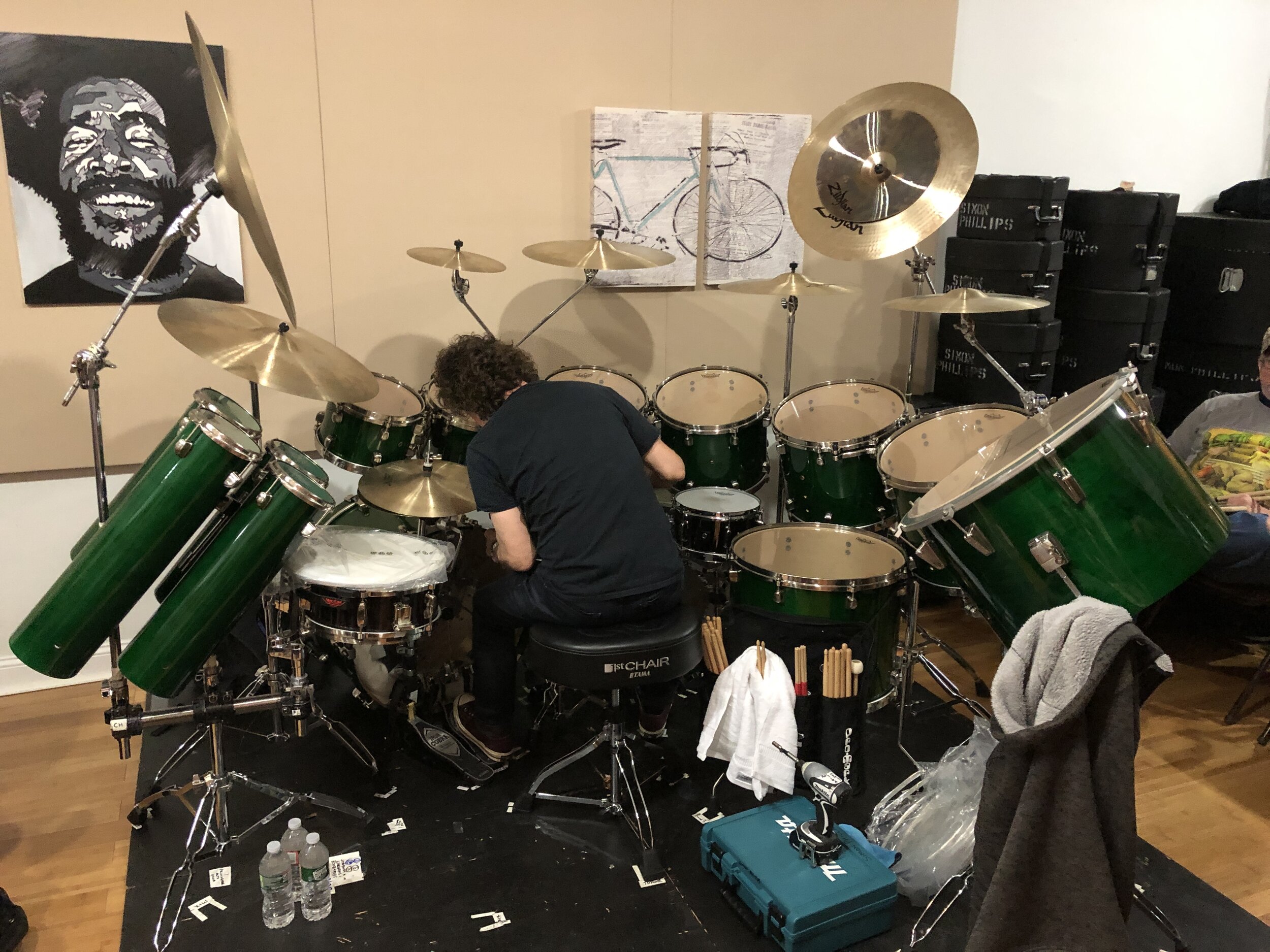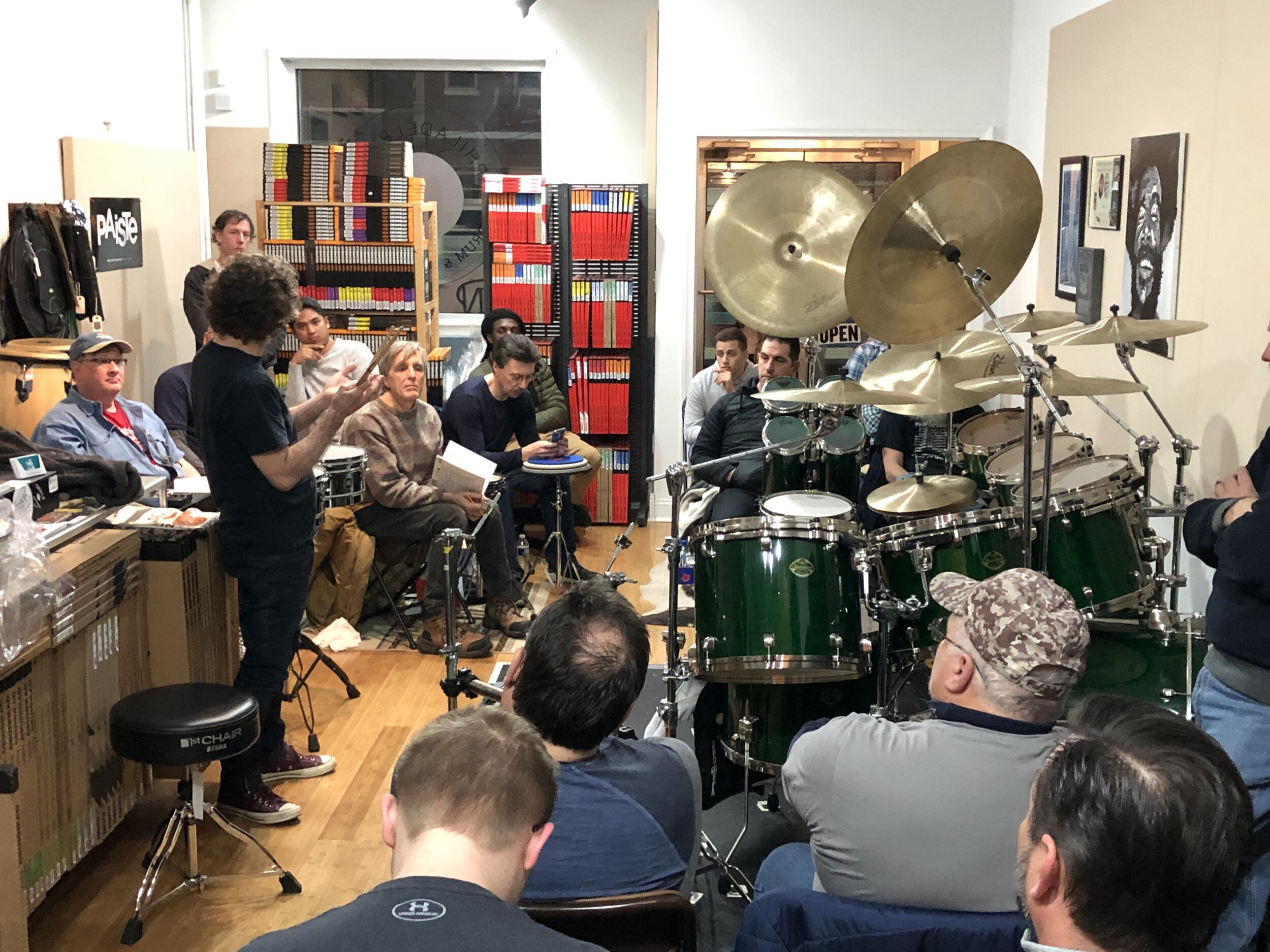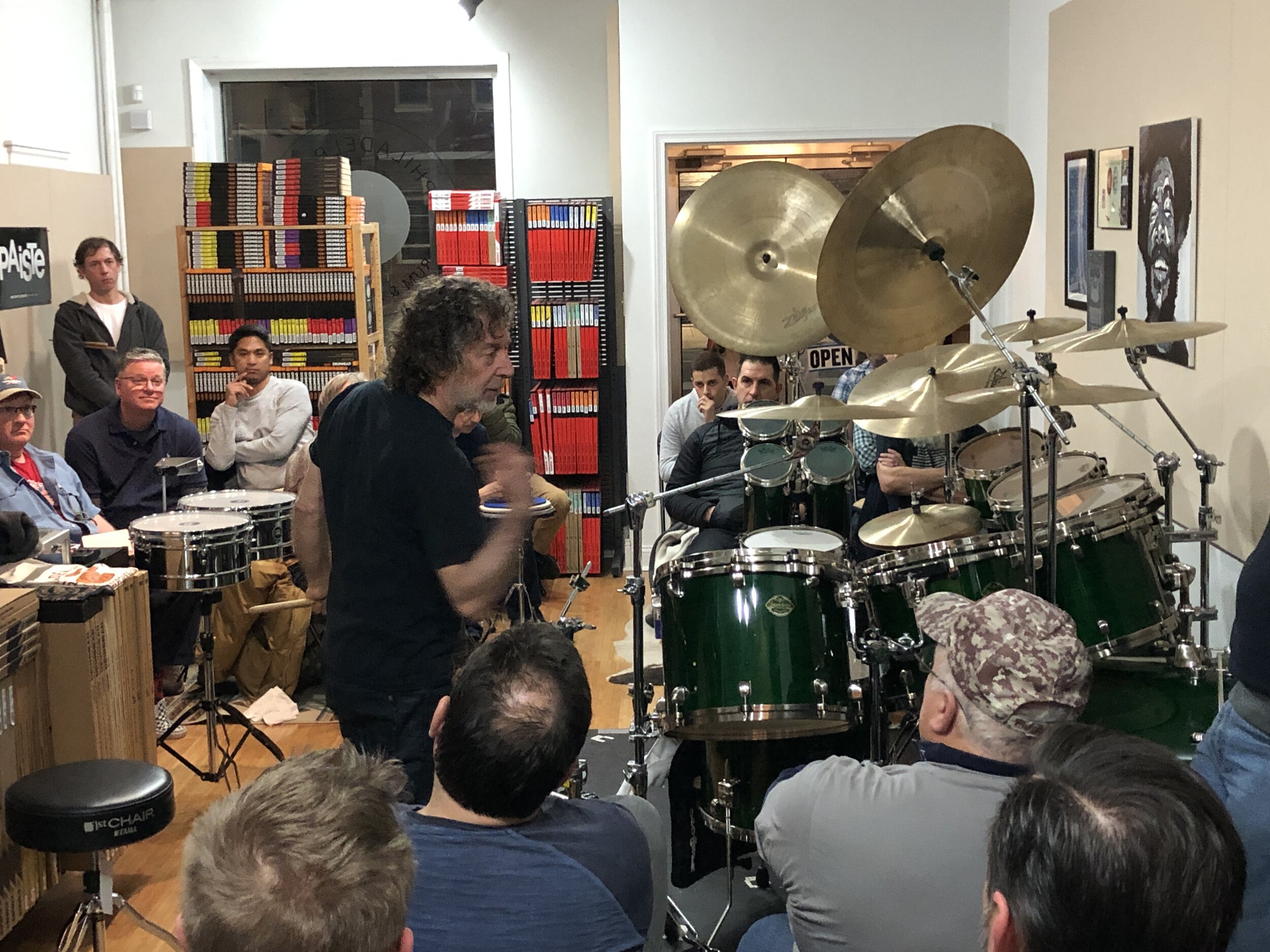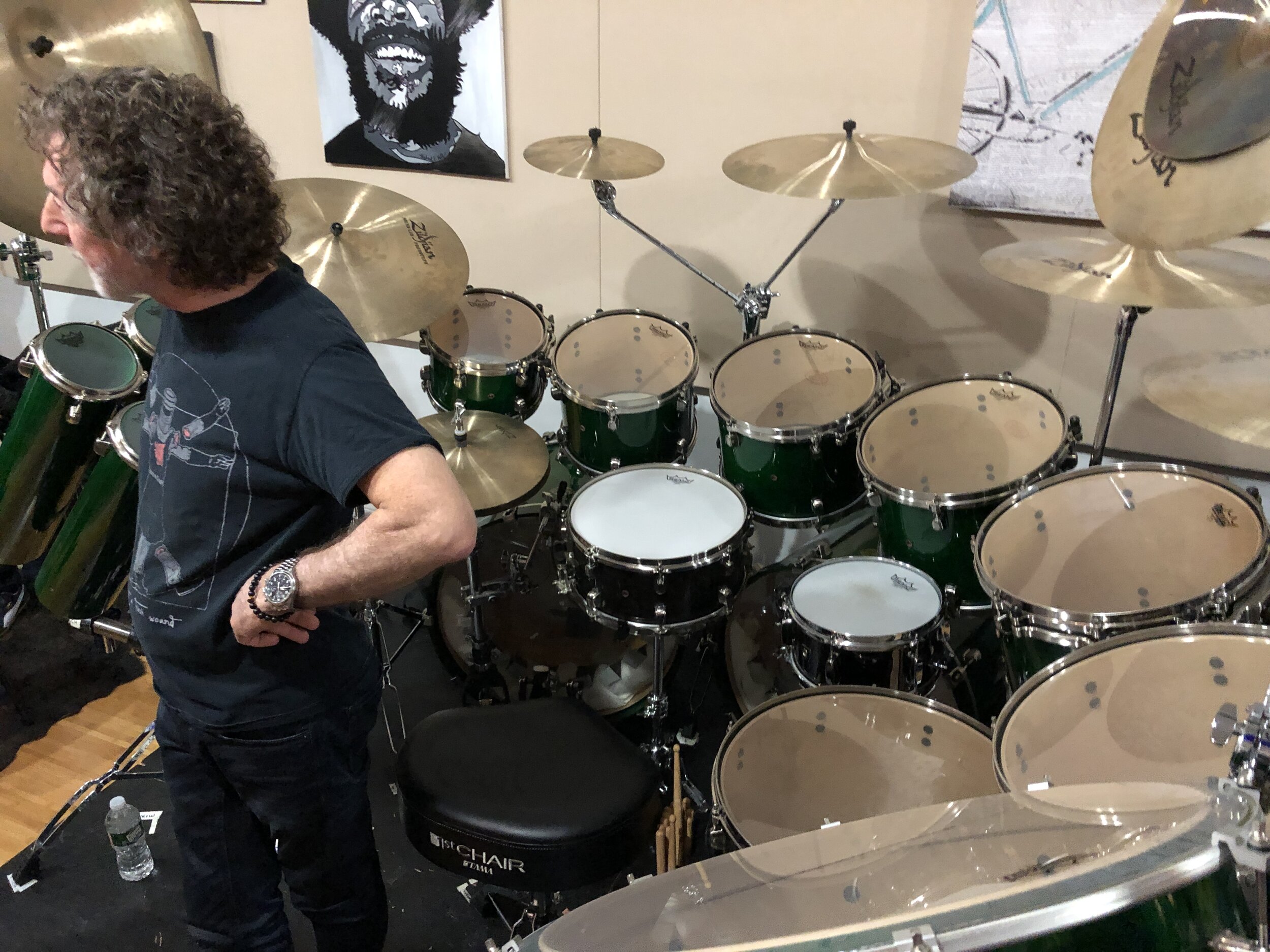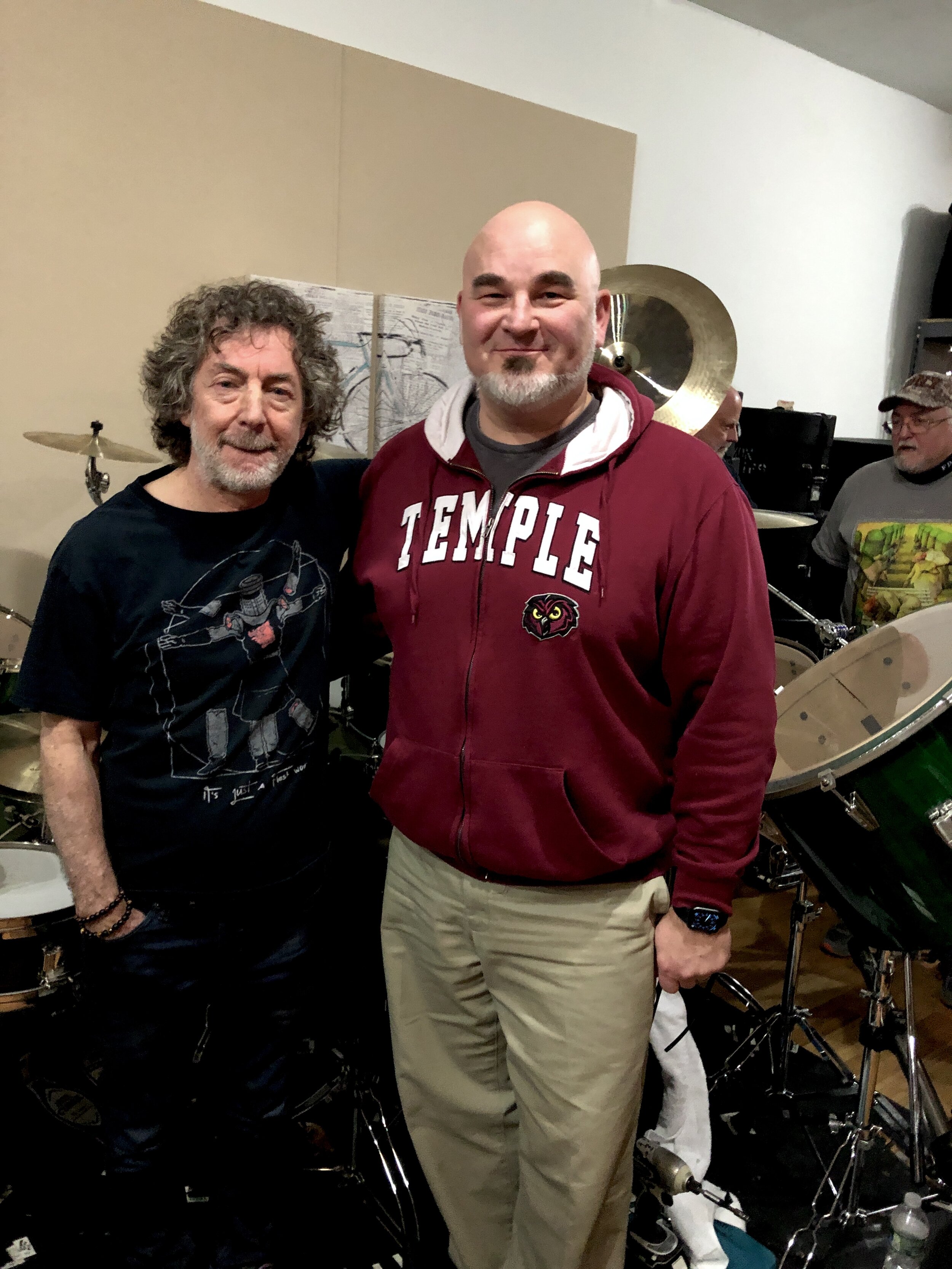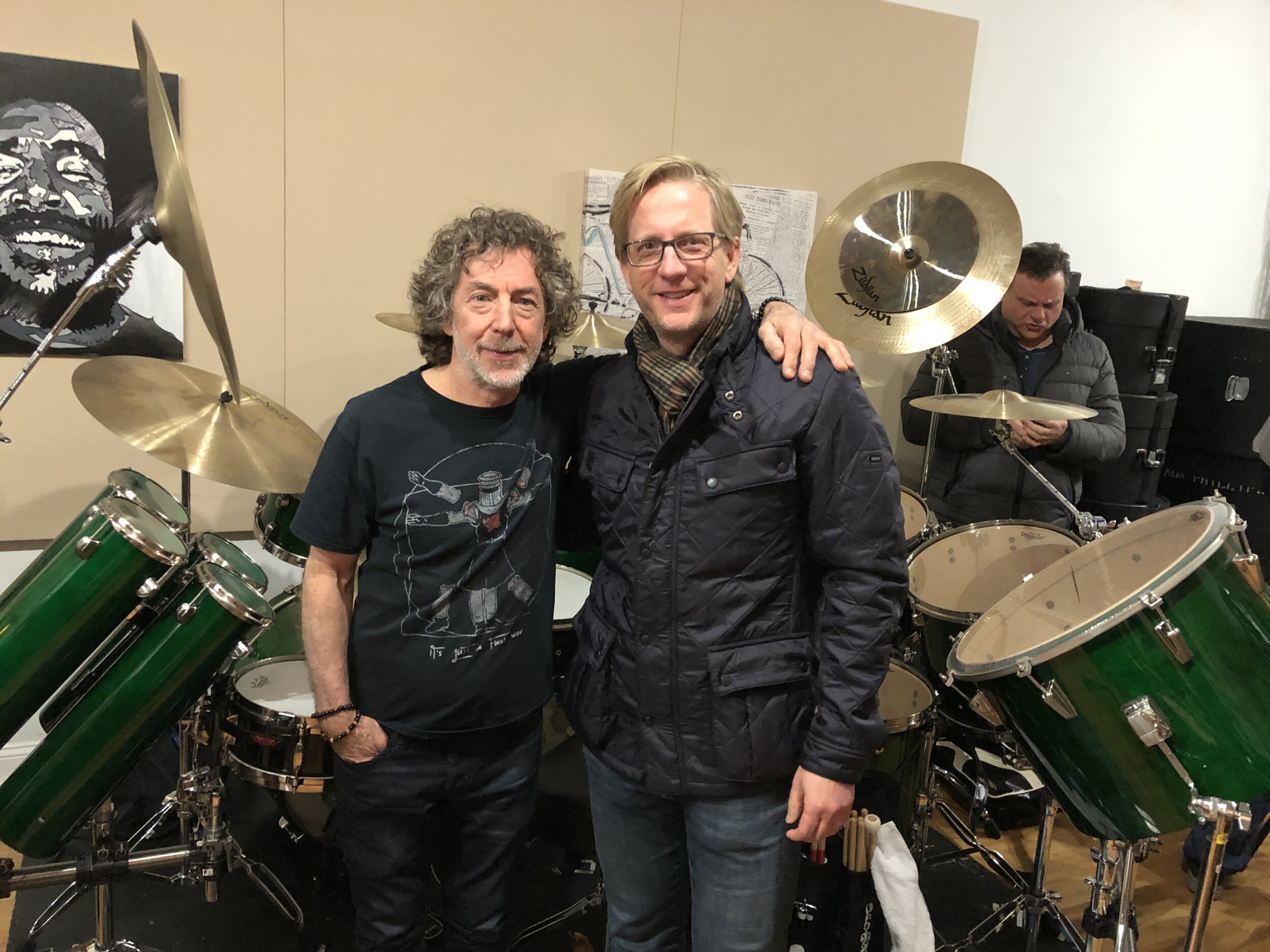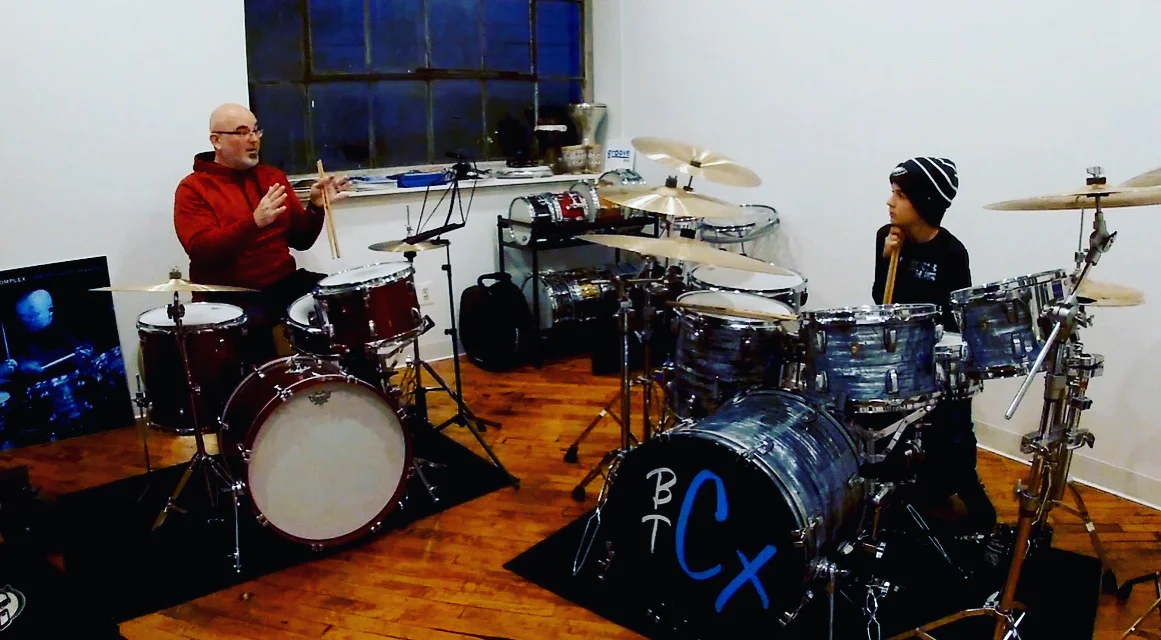Frustration is something that we ALL encounter in different phases of life. It could be work, it could be school, it could be something personal. It does happen to everyone.
Frustration, in some ways, is a positive thing, and I’ll explain why in one minute.
From a teacher’s standpoint, the level of a student’s frustration is something that I pay very close attention to. There is hard work, and there is fun.
We want to balance the hard work aspect of studying an instrument with the FUN aspect of studying an instrument. There should always be some of both to keep the student engaged and moving forward.
Why is a little frustration a positive thing?
Because it shows that the Student cares about what they are doing and they want to do a good job and they are willing to spend the energy required to do a good job. That is a huge positive.
If you ever have any questions about this or other aspects of the studio, please email me or DM me. Thanks for your support.

